The Article
CRIMSON XGW STRADIVARIUS: VAN DEN HUL
5th June 2018
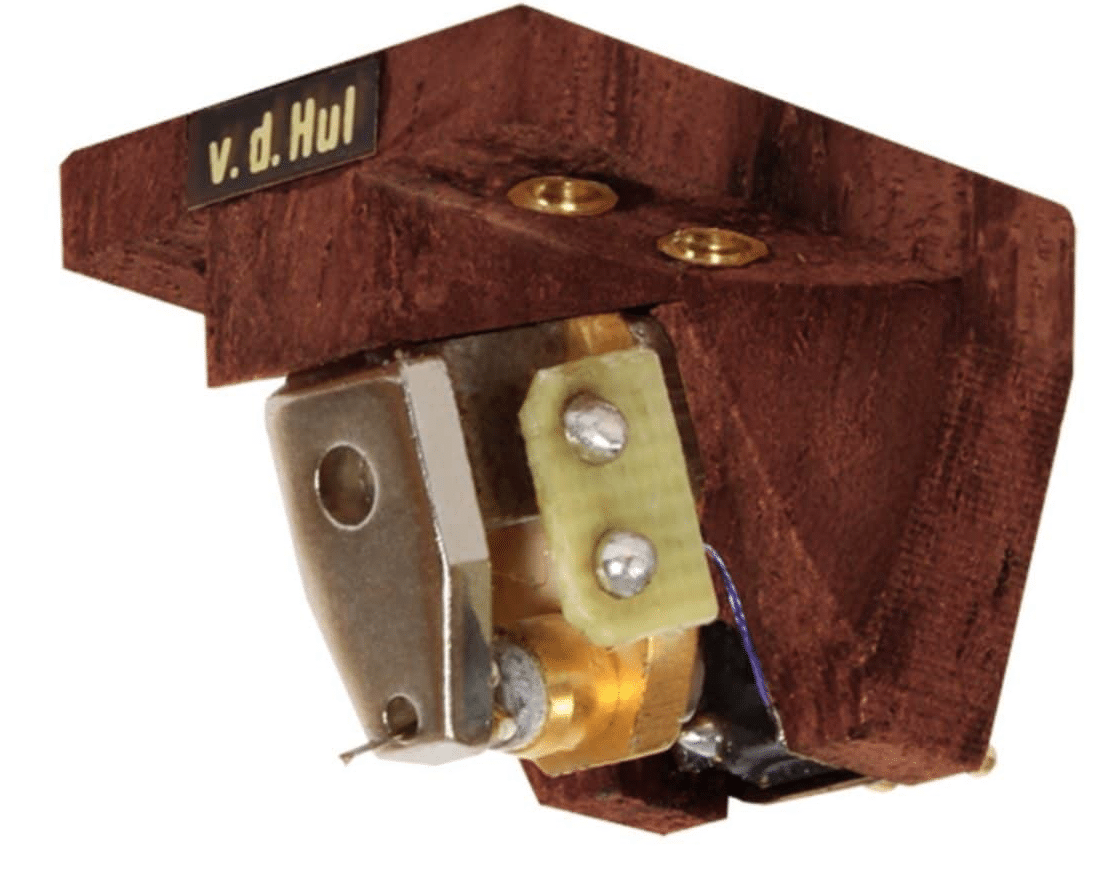
A hand-made, moving coil cartridge aimed at high-end use, Paul Rigby reviews the van den Hul Crimson XGW Stradivarius
Weighing in at 8.75g, the van den Hul Crimson XGW Stradivarius is a moving coil design and it is, I need to mention this, hand-made by Aalt Jouk (AJ) van den Hul himself. This cartridge is not churned out of a factory. In fact, it is said that, before he puts hand to cartridge he stops drinking caffeine or alcohol for a day to steady his hands. It is a serious business.
This design fits in between the Grasshopper III (£3,749) and Colibri (£4,499) and includes gold coils of 24 karat plus a VDH-1 stylus design.
The chassis is made from Koa wood, coated with a special ‘Stradivarius formula’ lacquer. Three coats are added which then takes two months to properly harden. So that’s six months work before the actual cartridge is even built!
“The specific advantage,” explained van den Hul, “is that the harder outer coating destroys the standing waves inside the softer body.”
I looked hard at the details just to make sure that virgins were not also utilised during the manufacturing process…they might be mentioned in the small print.
The cartridge can be customised according to the your specific set-up. So if your tonearm requires a particular compliance, if your musical preferences lean towards a longer or shorter stylus length or if you want an output impedance that best matches your phono stage then the company can accommodate.
Specific details? The Crimson Strad looks at a tracking force between 1.35g and 1.5g with minor anti-skate of 0.4-0.6g and an arm mass between 10-16g with a 50 hour running in time.
I asked Aalt Jouk van den Hul about those low tracking/anti-skate figures, “It is a matter of design quality to save the finest groove modulation, that the tracking force is just 1.5g,” he said “And with a low tracking force, also the anti-skating force setting is low. I prefer to move in the direction of just 1.0g tracking force instead of the more common 2.0g. Matter of design technology.” Also, he added, “When these adjustment figures are adjusted to higher levels, the spacious replay quality will drop. Also fine detail is missing.”
In addition to the screw holes on the sides of the chassis, to fit the cartridge to the headshell of your typical tonearm, there is a rear-mounted hole, centrally drilled too, at the rear of the chassis, “The rear hole is made for Linn tone-arm owners,” said van den Hul, “with the special configuration to allow Ittok owners the chance to use other cartridges than just those selected by Linn themselves.”
WHY BOTHER?
Before we move onto sound quality testing, I need to remind you of something. Whenever expensive hi-fi is talked about, there’s a tendency for the hi-fi fan to shrug their shoulders and smile with the following comment, “It’s expensive, it’s going to sound great isn’t it?” As if there’s really no point in testing it or going any further in terms of reviewing investigations.
Really? Are you sure? I have to say, I’ve heard some pretty expensive kit – from turntables to cables – where I’ve been underwhelmed more times than I care to remember.
I remember, way back in the 80s, a satirical TV programme that used puppet caricatures and superb vocal impressions to make biting attacks at politicians, celebrities and social events of the time. It was called Spitting Image. With apologies to Manchester United Football Club and its fans, I remember one sketch involving its then manager, Ron Atkinson who was thought at that time to be spending too much money on over-priced and not particularly talented, football players.
For the satirical sketch, the camera only focused on a wooden corner shop counter, throughout.
The door bell rings off camera, the shop owner says,
“Hello, Can I help you?”
“Packet of crisps please, love,” says Atkinson.
“I’ve only got a packet of Salt & Vinegar left, I’m afraid.”
Atkinson’s hand appears in shot for the first time, as it slams down on the counter holding a massive wad of notes.
“I’ll give you £5 million for it.”
It’s that general attitude which exists, to some extent, in certain corners of the hi-fi industry. There is – naming no names – a type of product out there whose sole purpose is to drag money out of large wallets. To provide style over substance. To demand a lot of money without much return of talent. To give a decent sound but not much more. One in which heavyweight sales pitching and design glamour is used to convince the user with more money than sense that the expensive shiny package contains magical properties.
So, remember, although expensive hi-fi can and should always be better than lower cost products, even expensive hi-fi needs reviewing. Unlike our Ron with his deep pockets, mistakes at this level can hurt. A lot.
SOUND QUALITY
So how much does the cartridge hurt then? I played Camel’s Moondmadness to get a first impression of the Crimson Strad. How to encapsulate it? Well, for most cartridges, it’s a bit like standing at the doorway of a room and saying to yourself, “Hey this sounds good. I like this.” The Crimson Strad sounds like you’ve then entered into the room and lots more information is suddenly hitting your ears.
So what’s the big selling point of this cartridge? Why should you yearn for one? Big bass? Shimmering cymbals? Tonal accuracy on the acoustic guitar? Well no. Actually, yes but the headlines are not what this cart is all about.
The reason you want this cartridge has nothing to do with major selling points. Its all about the little things. And boy, there’s so many of them. The list is a long one, let me tell you.
What really got me with the Crimson Strad were ‘moments’. Lots and lots of ‘moments’. These appeared especially during very familiar pieces of music where the Strad initiated changes, highlighted differences or exposed something new. This effect was not a shouty, look-at-me, thing. It was a very easy, almost matter of fact series of events. Yet, the effect was almost stronger because of that.
It was almost like being ambushed by quality.
So a familiar track would start and you’d think, “Well, ok, right. Not bad.” And then, almost like it was wheeled silently into view there would be, “Whoa, hang on where did that come from?” As a familiar instrument suddenly did something different. Sounding more mature, more detailed, tonally more exciting. Then back we’d go again into the pleasantly familiar. And then, here we go again, another quite amazing nugget would pass by, “It never sounded like that before, I never realised it was doing all of that – some yes – but not all of that.” And so on.
To give you one minor specific example? During a verse sequence, the lead singer was doing his thing and the drummer was gently tapping away and then he hit a cymbal, with no great force, but the reverb held and carried. For a long time. It stuck there shimmering. It had never done that before. As it was about to fade and go, the drummer tapped it again. Back came the shimmer like a sonic ghost. And this happened four or five times. In the past, if I had even noticed it at all, when the cymbal was hit, it gave a nice brassy response but it never ‘held’ in this way.
This was not a major part of the song, it wasn’t even a stand-out event. It lay at the base of the soundstage. Yet it was quite amazing to hear and it epitomised what the Crimson Strad could do. This sort of thing kept on happening all over the song. This building on ‘moments’ became quite over-whelming after a while. I began to sit further on the edge of my seat, waiting for the next one.
I say that because, when you initially hear the Crimson Strad, you might be slightly confused and wonder where the cash has been spent. But just listen.
I never understood just how tightly strung a guitar is until I heard Andy Latimer on Chord Change actually pushing the strings of his electric guitar down during his solo. Sounds totally bizarre to me (and probably you) but I could hear string resistance. I think that’s the first time in my journalist career that I’ve ever noted that one before! I’ve also never heard a piano – and one that was a mere secondary rhythm instrument too – sound so focused, crisp and focused as the Strad allowed it to be. The piano on the track, Lunar Sea, was one of many busy events across the broad soundstage, yet the ear not only easily isolated the sound but was also entranced by the natural and tonal brilliance of the thing.
I then turned to People, sung by Earl Coleman with Billy Taylor’s orchestra on the original Love Songs album from Atlantic (1968). In the past, I’ve experienced an effect where some instruments sounded like they were Velcroed to each other in a rather crowded and bustled manner. The Strad pulled them apart, allowing the ear to hear each effect. As such I could now hear new instruments within the busy orchestra. More than that was the ‘ease’. That is, how much detail was on offer without any apparent effort. No frequency emphasis here. No tricks. No sonic cheating. The Strad offered a sort of Buxton Spring Water effect on sound. Just natural minerals and nothing added.
The tonally accurate cymbals, the crisper percussive effects, the textured vocals…none of this detail was at all boastful. None of it waved at me and demanded to be noticed. If I had had other things on my mind and didn’t bother to actually listen then I might have wondered why this cartridge was worth £4k. That is, unlike a cheap AV surround system, that hits you over the head with over-emphasised rumbling bass and explosive plastic mids, the Crimson Strad was so natural in its realism to be positively unassuming. The more I listened, in effect, the more I heard. Basically, if you want to hear more, then this cartridge is here for you. But it won’t bother you until then. Yet, the further I was then dragged into the music, the more I enjoyed myself. The fact became a sort of drug because the ear then wanted more and more.
CONCLUSION
I can safely say that VDH has fully exploited its natural talents and build budget here to such an extent that I can easily exclaim this cartridge to offer value for money. I know, sounds odd but you really have to live with one for a bit to know what I’m babbling on about here. Especially compared to some products I’ve heard. With the Crimson Strad, you never feel, to paraphrase Johnny Rotten, that you’re ‘being cheated’. Instead, you sit and listen and, as the time drifts by, you learn more and more about your music collection. There is so many of those ‘moments’ I mentioned above going on, in fact, that each LP really needs half a dozen plays to pick everything up.
If I had to pick one element of the Crison Strad that acts as some sort of bottom line it is the unhurried natural way that it plays music. Without emphasise, without undue effort and without strain but with tonal accuracy, with detail and with a clarity that brings an easy smile.
VAN DEN HUL CRIMSON XGW STRADIVARIUS CARTRIDGE
Price: £3,999
Tel: 056 0205 4669
Website: www.vandenhul.com
GOOD: tonal accuracy, fine detail performance, midrange separation, value for money
BAD: nothing
RATING: 9
[Don’t forget to check out my Facebook Group, The Audiophile Man: Hi-Fi & Music here: www.facebook.com/groups/theaudiophileman for exclusive postings, exclusive editorial and more!]
REFERENCE
Origin Live Sovereign turntable
Origin Live Enterprise 12″ arm
Transfiguration Proteus cartridge
Icon PS3 phono amplifier
Aesthetix Calypso pre-amp
Icon Audio MB845 Mk.II monoblock amplifiers
Quad ESL-57 speakers with One Thing upgrade
Vertex AQ, Gekko & Tellurium Q cable
Blue Horizon Professional Rack System
Harmonic Resolution Systems Noise Reduction Components
All vinyl was cleaned using an Audio Desk’s Ultrasonic Pro Vinyl Cleaner

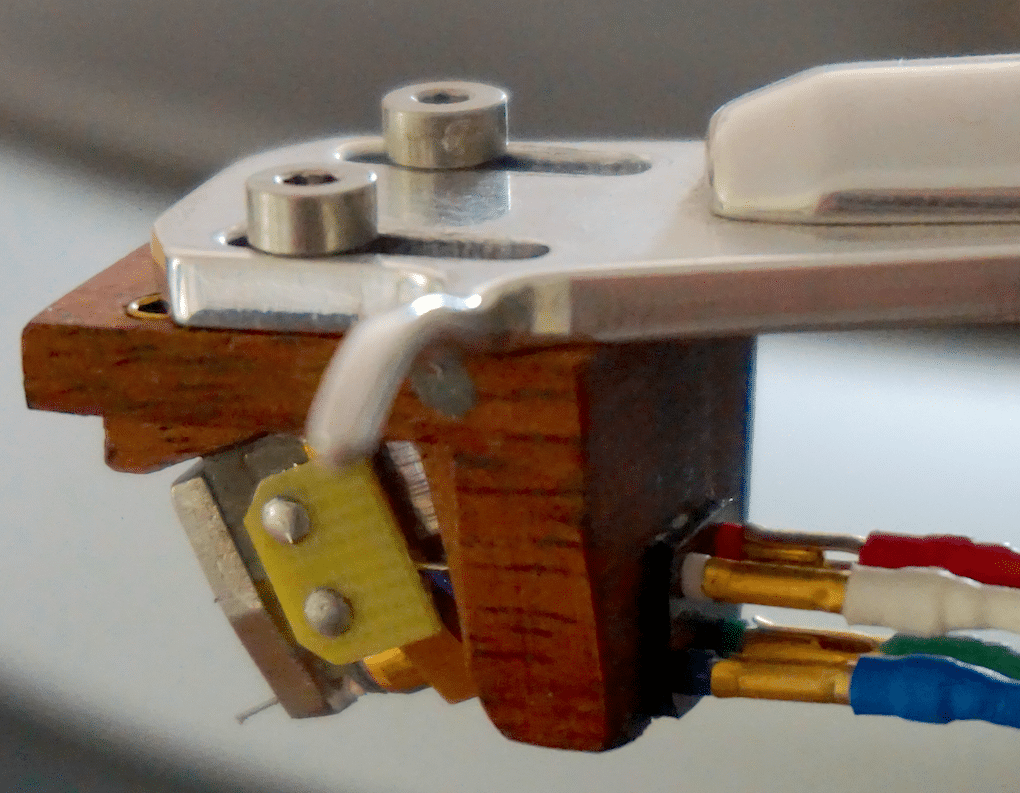
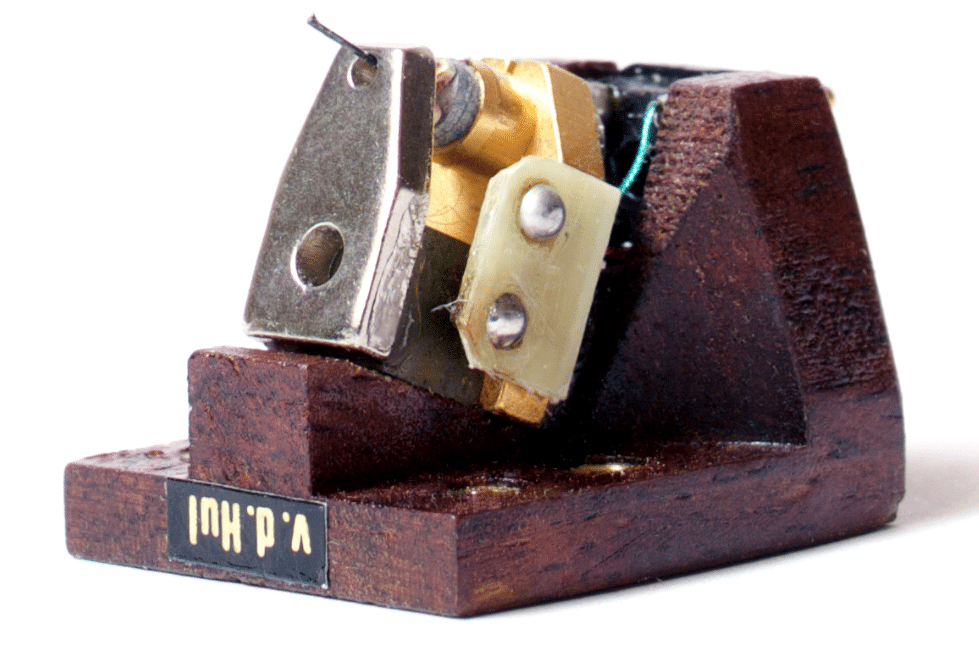
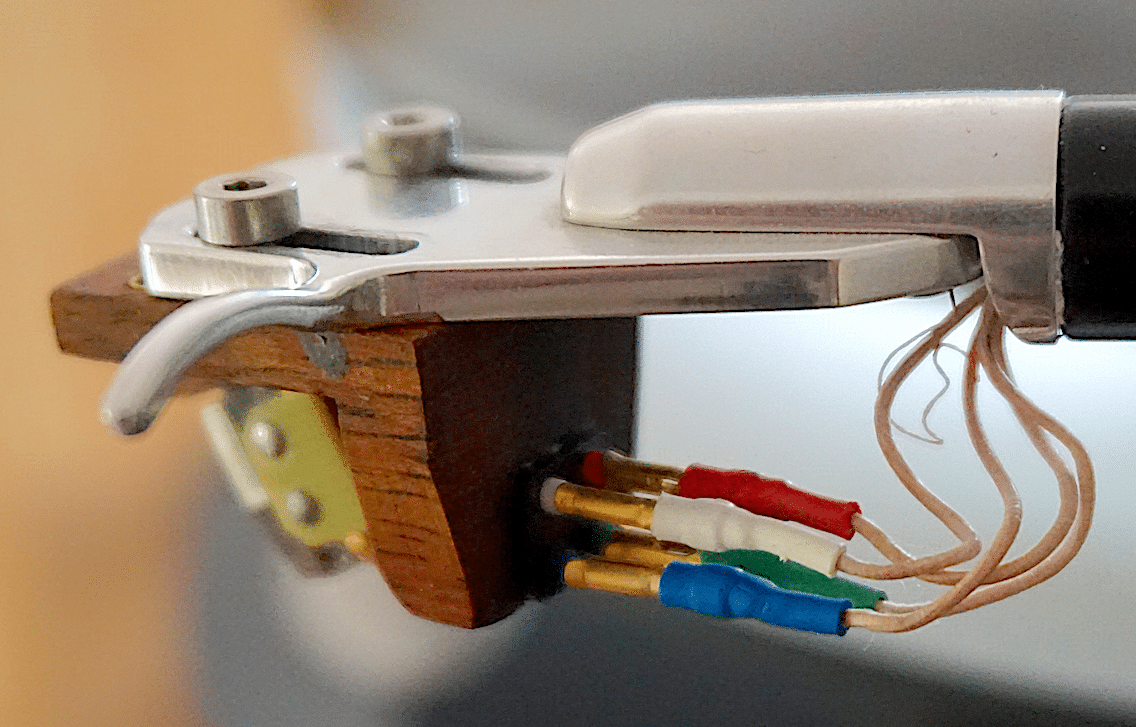
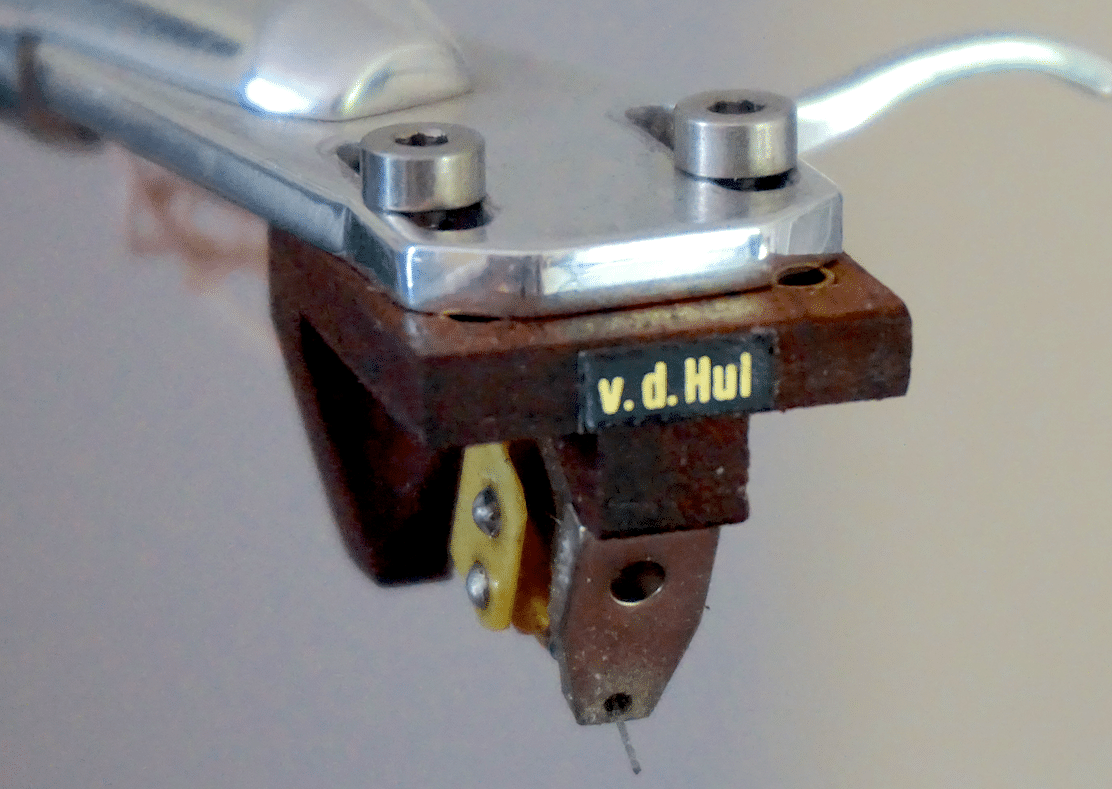
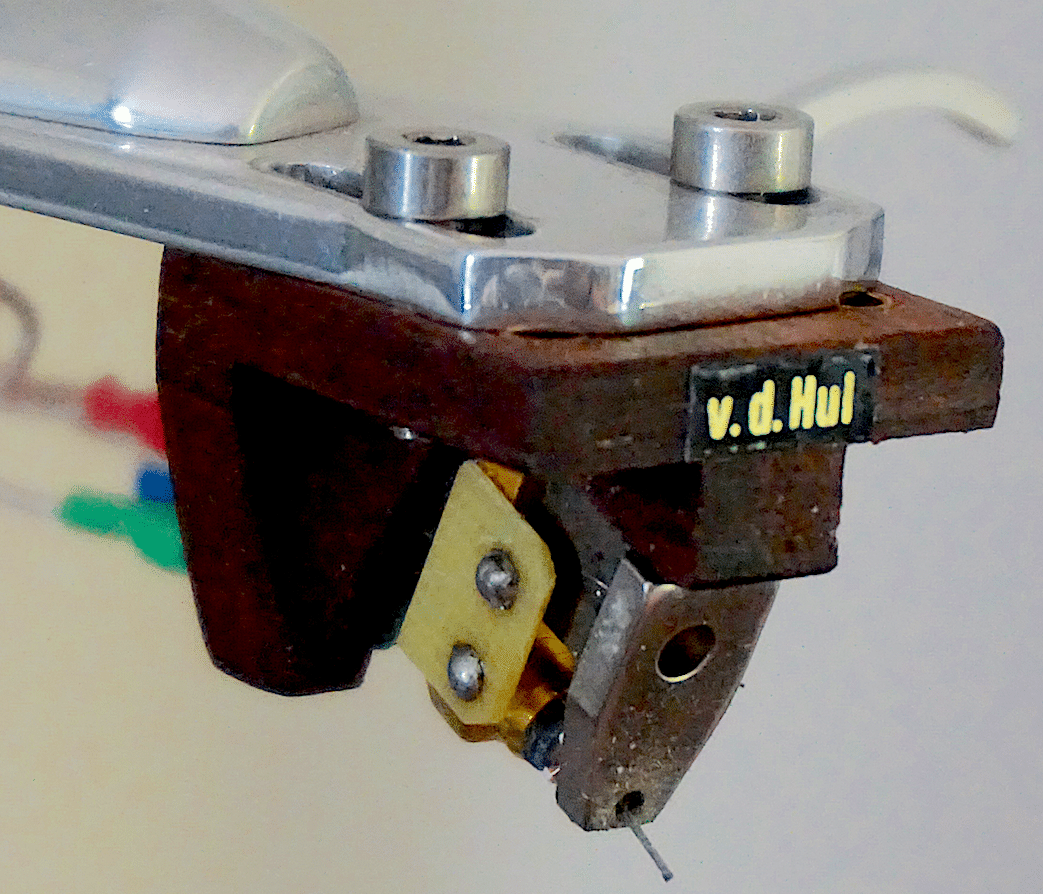
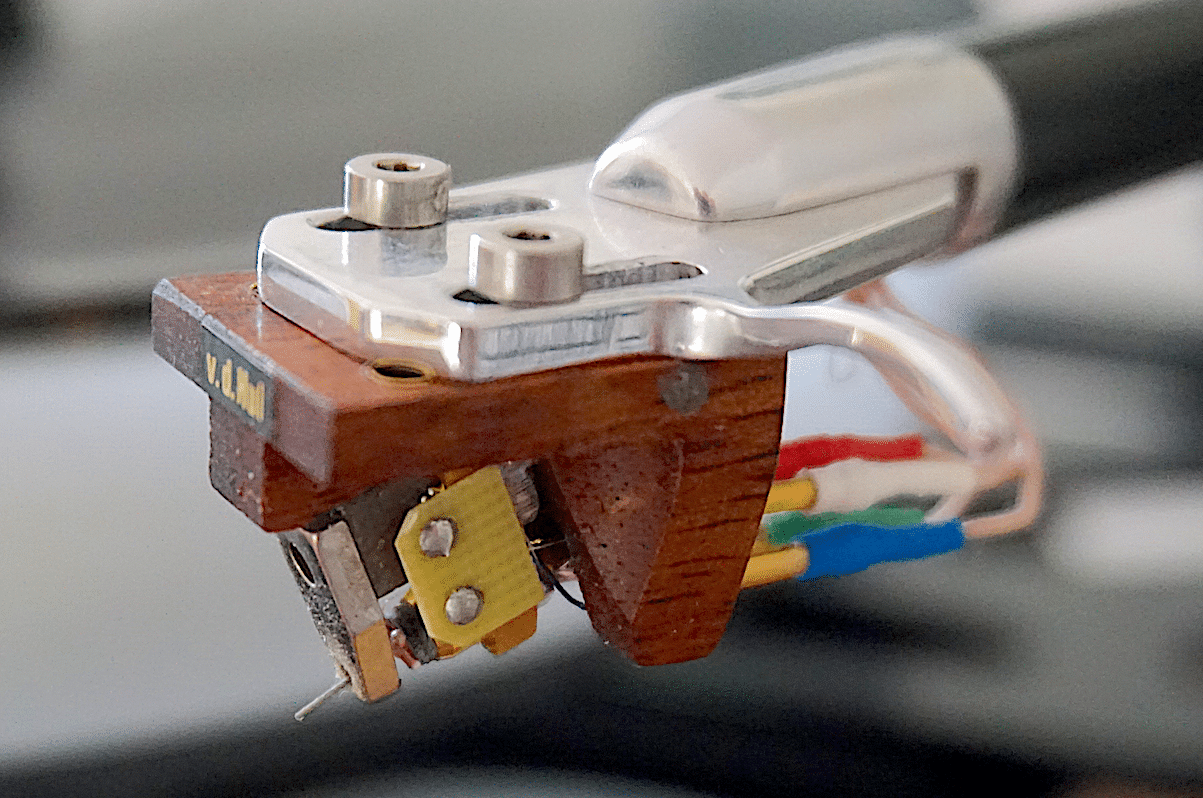
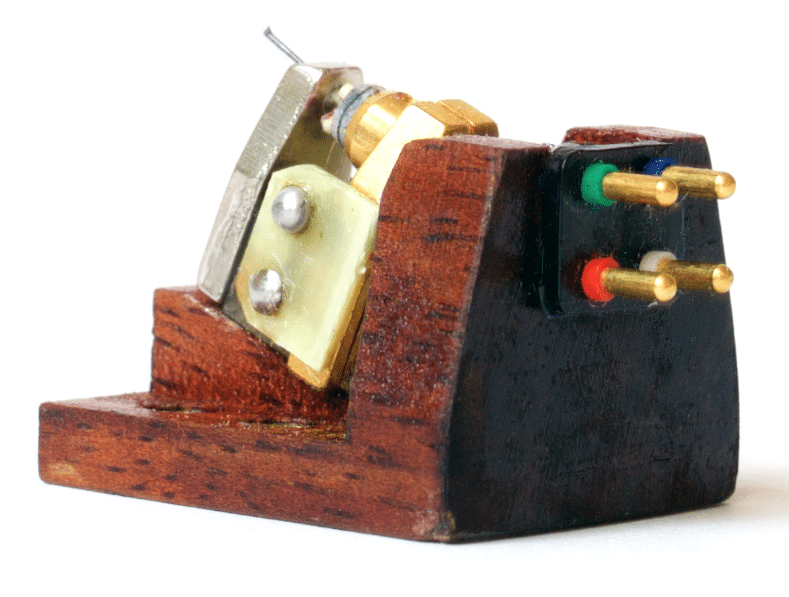
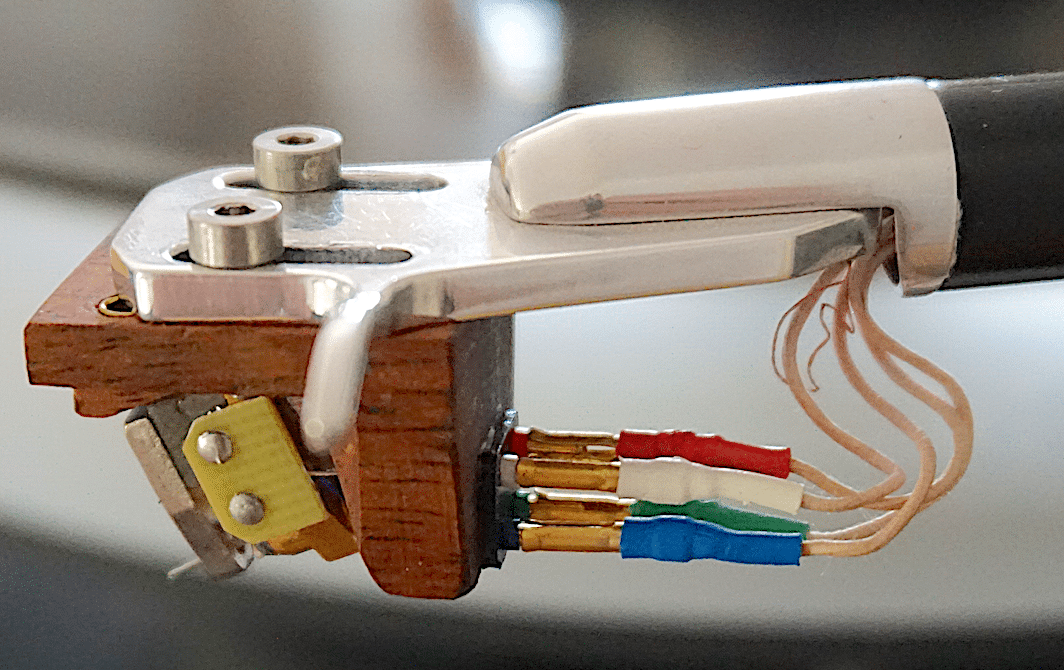
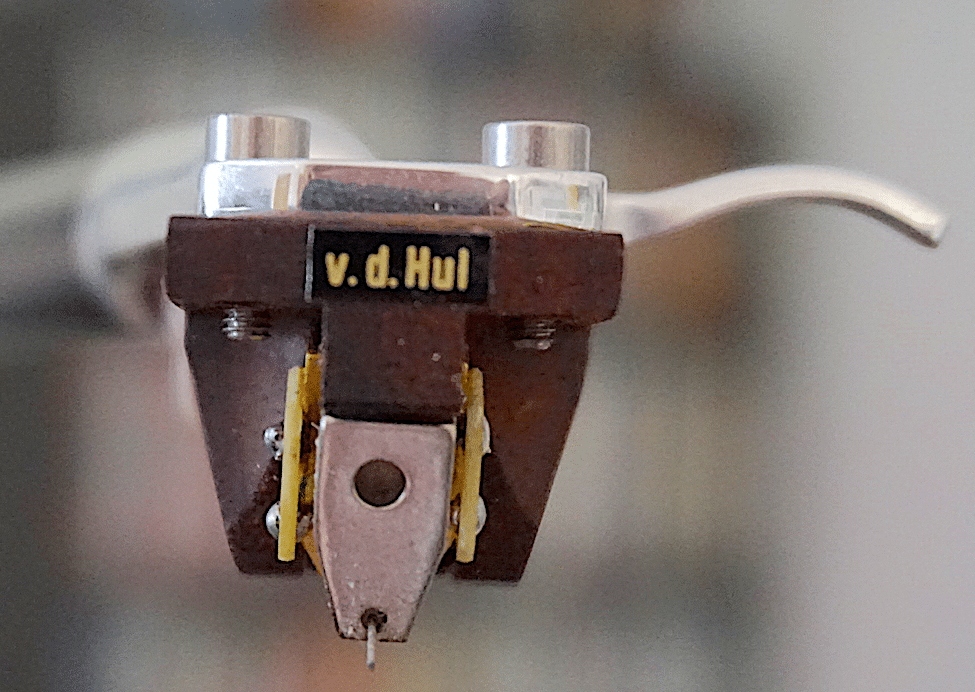
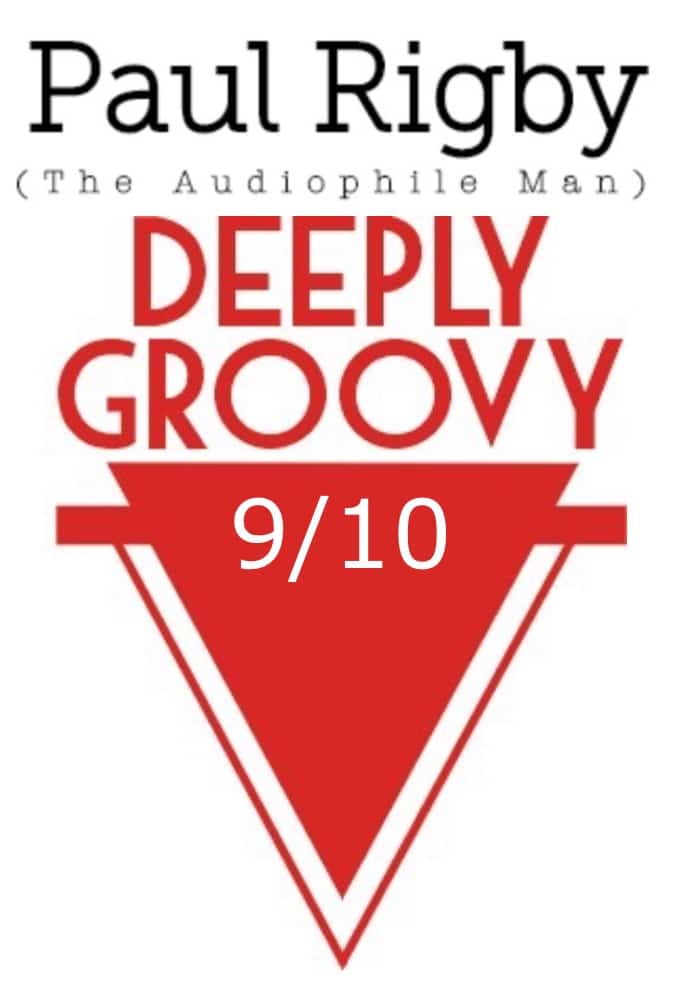

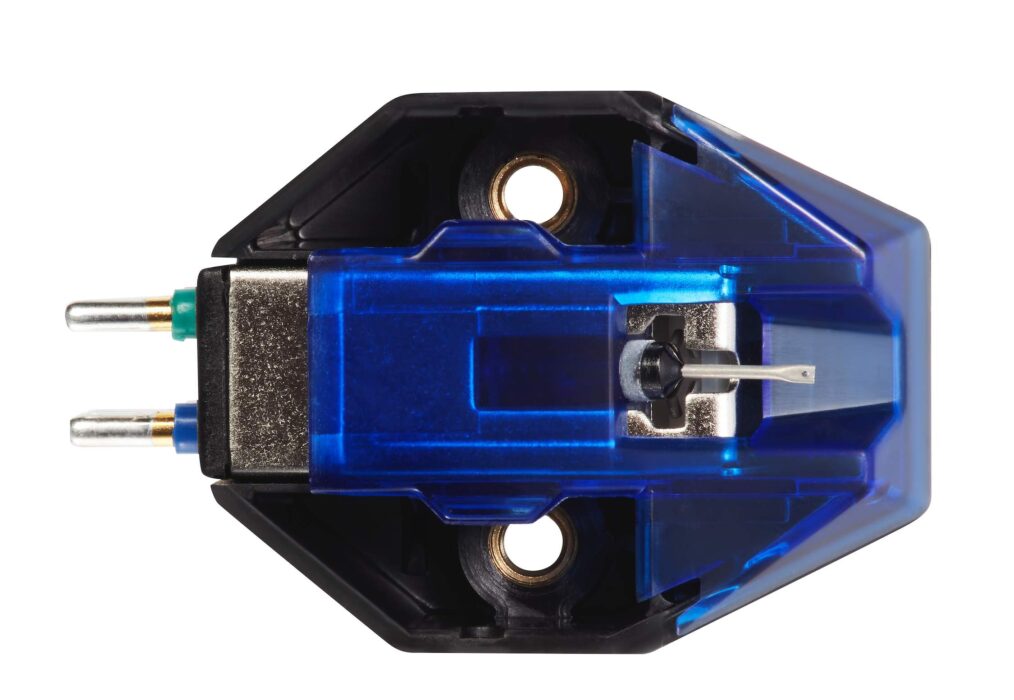
Was he liqoured when he mslped it?
Hahaha
What? What did I miss? A spelling?